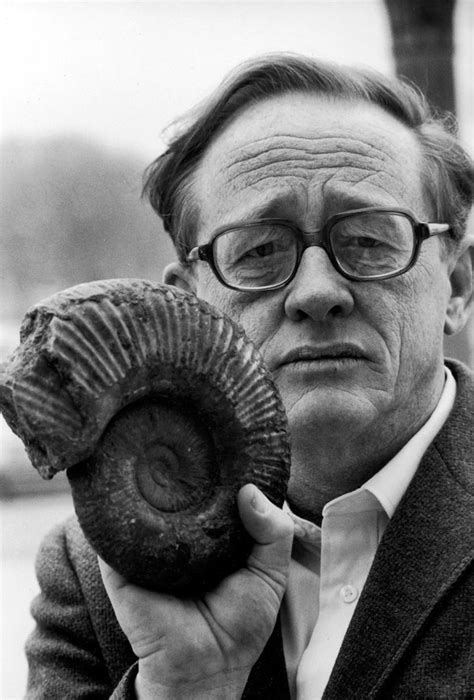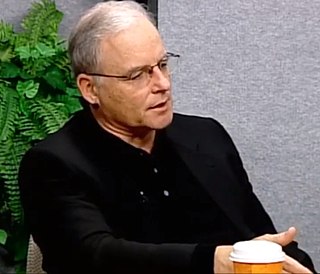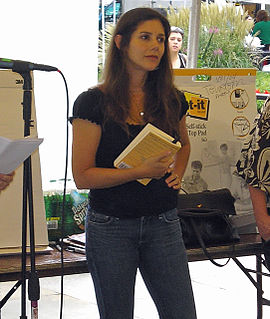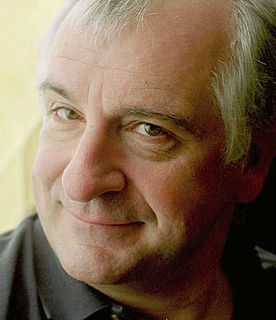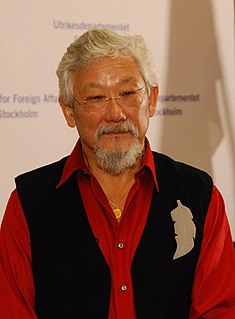A Quote by E. O. Wilson
Somewhere close I knew spear-nosed bats flew through the tree crowns in search of fruit, palm vipers coiled in ambush in the roots of orchids, jaguars walked the river's edge; around them eight hundred species of trees stood, more than are native to all of North America; and a thousand species of butterflies, 6 percent of the entire world fauna, waited for the dawn.
Related Quotes
Spraying to kill trees and and raspberry bushes after a clear-cut merely looks unaesthetic for a short time, but tree plantations are deliberate ecodeath. Yet, tree planting is often pictorially advertised on television and in national magazines by focusing on cupped caring hands around a seedling. But forests do not need this godlike interference... Planting tree plantations is permanent deforestation... The extensive planting of just one exotic species removes thousands of native species.
There are millions of different species of animals and plants on earth--possibly as many as forty million. But somewhere between five and fifty BILLION species have existed at one time or another. Thus, only about one in a thousand species is still alive--a truly lousy survival record: 99.9 percent failure!
Another British study discovered that average eight-year-olds were better able to identify characters from the Japanese card trading game Pokemon than native species in the community where they lived: Pikachu, Metapod, and Wigglytuff were names more familiar to them than otter, beetle, and oak tree.
Diversity is a survival factor for the community itself. A community of a hundred million species can survive anything short of total global catastrophe. Within that hundred million will be thousands that could survive a global temperature drop of twenty degrees—which would be a lot more devastating than it sounds. Within that hundred million will be thousands that could survive a global temperature rise of twenty degrees. But a community of a hundred species or a thousand species has almost no survival value at all.
Most people are surprised when they hear my somber figures: we know of 2 million species of plants, animals and microorganisms, and we can give them each a scientific name and a diagnostic description. We know, perhaps generously, more than just a little bit of the anatomy in no more than 10 percent. We have done thorough studies in fewer than one-tenth of 1 percent. And the total number of species on Earth is unknown to the nearest order of magnitude.
Then the angel showed me the river of the water of life, as clear as crystal, flowing from the throne of God and of the Lamb down the middle of the great street of the city. On each side of the river stood the tree of life, bearing twelve crops of fruit, yielding its fruit every month. And the leaves of the tree are for the healing of the nations.
As the three of them walked home from the trees, nobody needed to say it, but Ama knew. They had questioned their friendship. They had searched and wondered, looking for a sign. And all along they'd had their trees. You couldn't wear them. You couldn't pass them around. They offered no fashion advantage. But they had roots. They lived.
Man designs for himself a garden with a hundred kinds of trees, a thousand kinds of flowers, a hundred kinds of fruit and vegetables. Suppose, then, that the gardener of this garden knew no other distinction between edible and inedible, nine-tenths of this garden would be useless to him. He would pull up the most enchanting flowers and hew down the noblest trees and even regard them with a loathing and envious eye. This is what the Steppenwolf does with the thousand flowers of his soul. What does not stand classified as either man or wolf he does not see at all.


